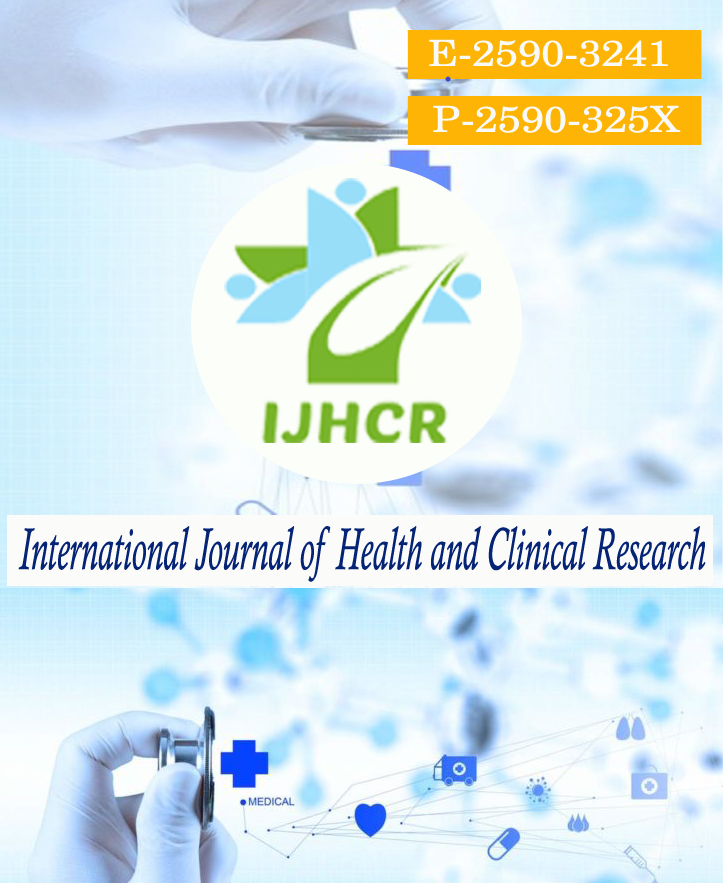Assessment of the prevalence of nonalbicans candidemia in neonates and their antifungal susceptibility pattern- A Cross-sectional Study
Keywords:
Candidemia, mycosis, Fluconazole.Abstract
Background: Candida species are known to be the most common fungal pathogens isolated from blood cultures of neonates. Recent reports from our country indicates trend towards an increasing prevalence of non-albicans candidemia. Candida species possess a number of virulence factors which enable them to cause hematogenously disseminated infections in susceptible hosts with increased morbidity and mortality. Aim: The aim of current study was to assess the prevalence of nonalbicans candidemia in neonates and their antifungal susceptibility pattern. Methods: Blood samples from suspected cases of neonatal septicaemia were subjected to culture, incubated for 7 days and subcultures performed. Culture yielding pure growth of Candida were included for the study and identified by standard methodology. Antifungal susceptibility was performed. Results: A total of 255/500 (51%) cases were blood culture positive. Pure growth of Candida species was isolated from 52/255 (20.39%) cases. A total of 52 Candida isolates were obtained over a period of one year accounting for 20.39% of all neonatal septicemia cases. Among 52 isolates, 14/52 (26.92%) were Candida albicans, followed by C. tropicalis 19/52 (36.53%), C. glabrata 10/52 (19.23%), C. parapsilosis 4/52 (7.69%), C. guillermondii 2/52 (3.84%) and C. krusei 1/52 (1.92%). C. tropicalis, the most common species isolated, was 91 per cent susceptible to fluconazole, whereas C. parapsilosis and C. glabrata showed lower sensitivity rates of 67.8% and 62.5% respectively. Conclusion: In this study non albicans candida was the common isolate & they showed decreased resistance to Fluconazole. In neonatal septicemia speciation& antifungal susceptibility may help in management.
Downloads
Published
How to Cite
Issue
Section
License
Copyright (c) 2021 Shambuk, Md. Ehtesham Ansari, Dhananjay Kumar

This work is licensed under a Creative Commons Attribution 4.0 International License.






 All articles published in International Journal of Health and Clinical Research are licensed under a
All articles published in International Journal of Health and Clinical Research are licensed under a 